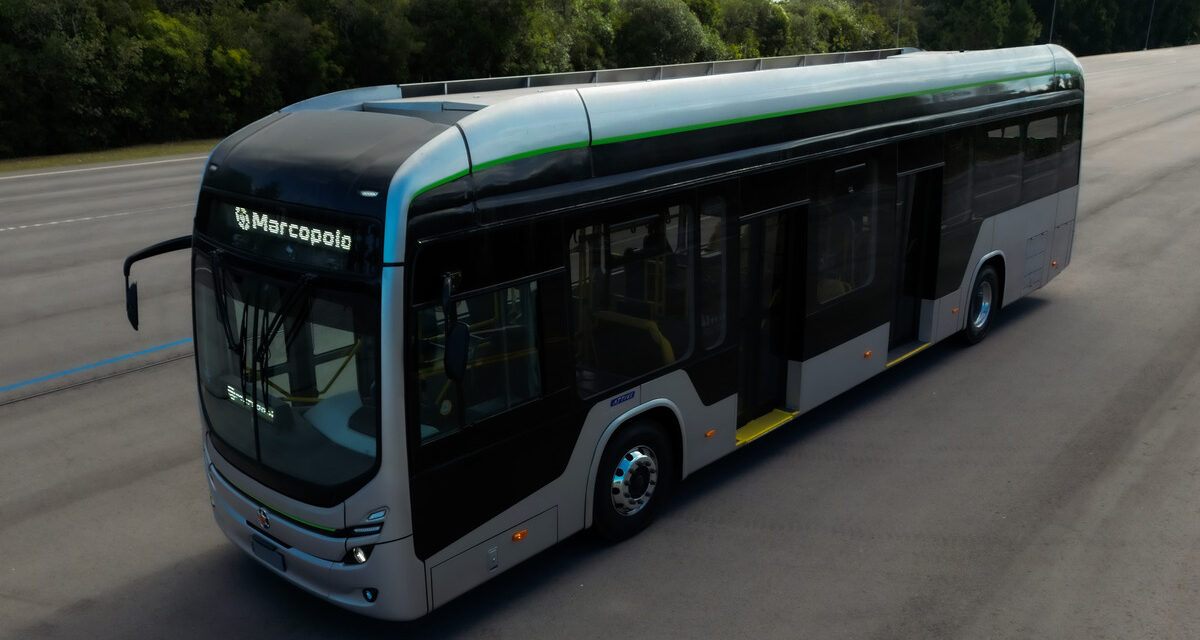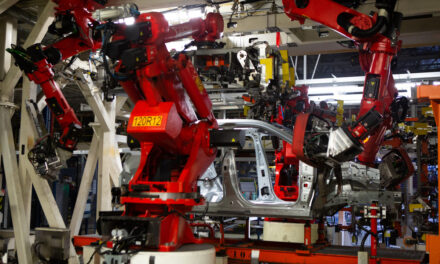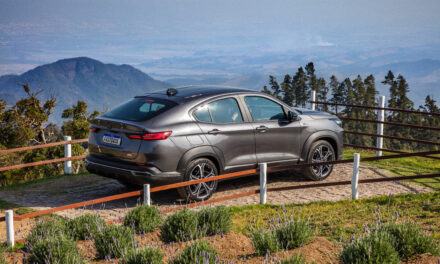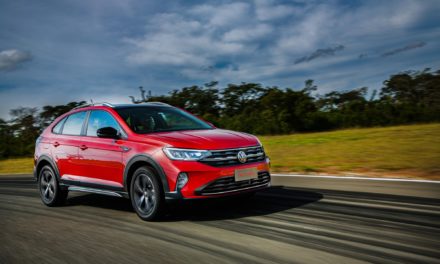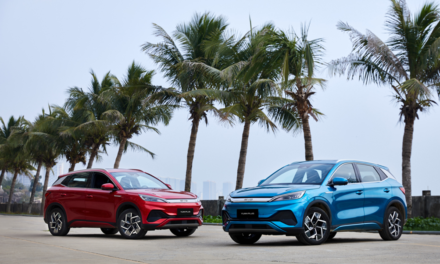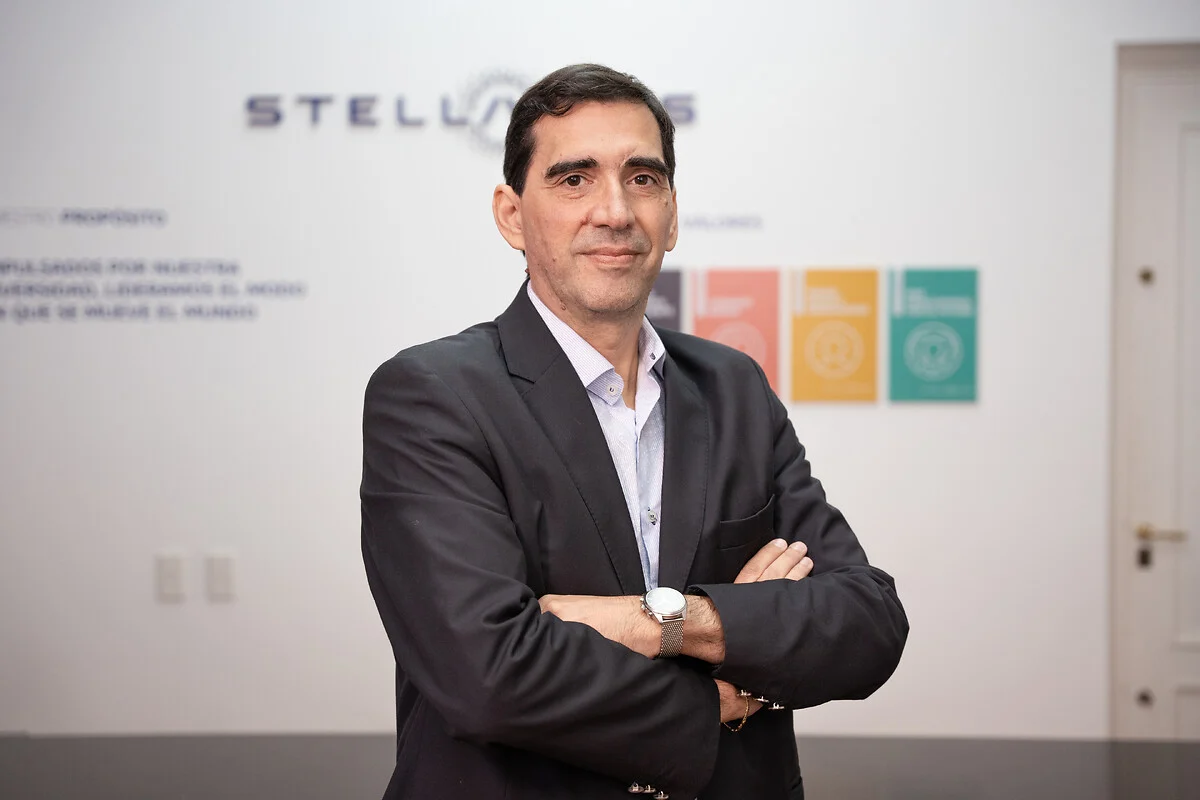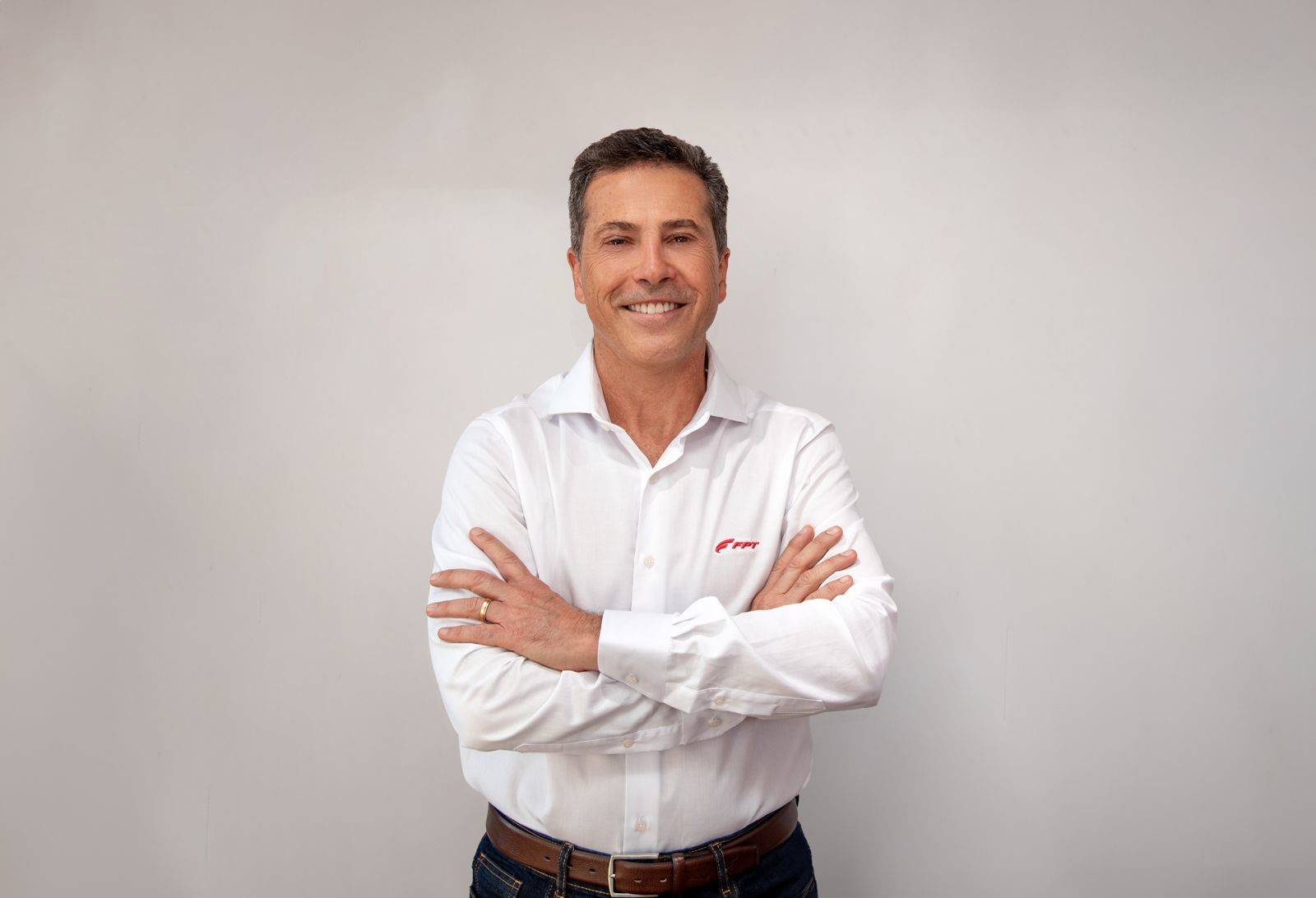By Décio Costa | 6/21/23 | Translated by Jorge Meditsch
The project Marcopolo Attivi is entering production at the company’s unit in Caxias do Sul, RS. After an extended development period over the last five years, the manufacturer will start demonstrations with customers and previews the initial production of 130 units until the end of the year.
According to Marcopolo’s commercial strategy, ten units will be used by urban transportation operators in diverse cities, 20 buses will be produced for immediate delivery, and the other 100 under customers’ request.
São Paulo should push the demand
Ricardo Portolan, Marcopolo’s Commercial Operations, Internal Market and Marketing director, did not disclose the destination of the first buses but said that “the demonstration vehicles will operate in the main markets in the country”.
One of them should be São Paulo, where the prefecture intends to meet the Climate Changes Law, aiming to have at least 20% electric buses in the city’s fleet – 2.6 thousand units – by the end of 2024.
Expecting a fast demand increase for electric vehicles, Marcopolo prepares to meet the market needs with a capacity to produce one thousand units of the model in 2024 and two more buses made on third-party electric chassis with Attivi or Torino bodies.
Chassis and powertrain development
For Para Portolan, the Attivi represents an evolutionary milestone for the company and the national industry. “It was from the strategic decision to offer a complete product, fully developed by Marcopolo to meet the needs both of international markets and Brazil”.
From project to tests, Attivi’s development included seven thousand hours of simulations and 70 types of analysis. Six prototypes were constructed, three for validation purposes and the others for durability and performance stress tests that summed eight thousand hours. They rode about 42 thousand kilometers in the proving ground.
“We reinvented the way to develop products as we had the challenge to develop both the chassis and powertrain”, told Maurício Gazzi, responsible for Marcopolo’s Development and Reliability Engineering. “We still have more than 100 thousand kilometers to test in external environment, in parallel to customers’ demonstrations.
250 km range
The activity conception differs from the normal electric buses’ construction. The motor is positioned at the longitudinal beams’ center instead of the axle. “It’s a solution adopted to ensure more durability in markets such as the Brazilian, with precarious roads subject to flooding”, says Gazzi.
The new Marcopolo product can carry 90 passengers and has a 395 Kw and 2,800 Nm WEG motor. The batteries, supplied by CATL, are positioned on the roof. The promised range is 250 kilometers, and the recharge time will be between 3 and 4 hours. Marcopolo has already homologated six suppliers of recharging structure.
- Produção de caminhões segue trajetória positiva com alta acumulada de 29% - 8 de maio de 2024
- Produção de chassi de ônibus avança 7% em abril - 8 de maio de 2024
- Micro-ônibus elétrico Ankai será testado em Jundiaí - 7 de maio de 2024

